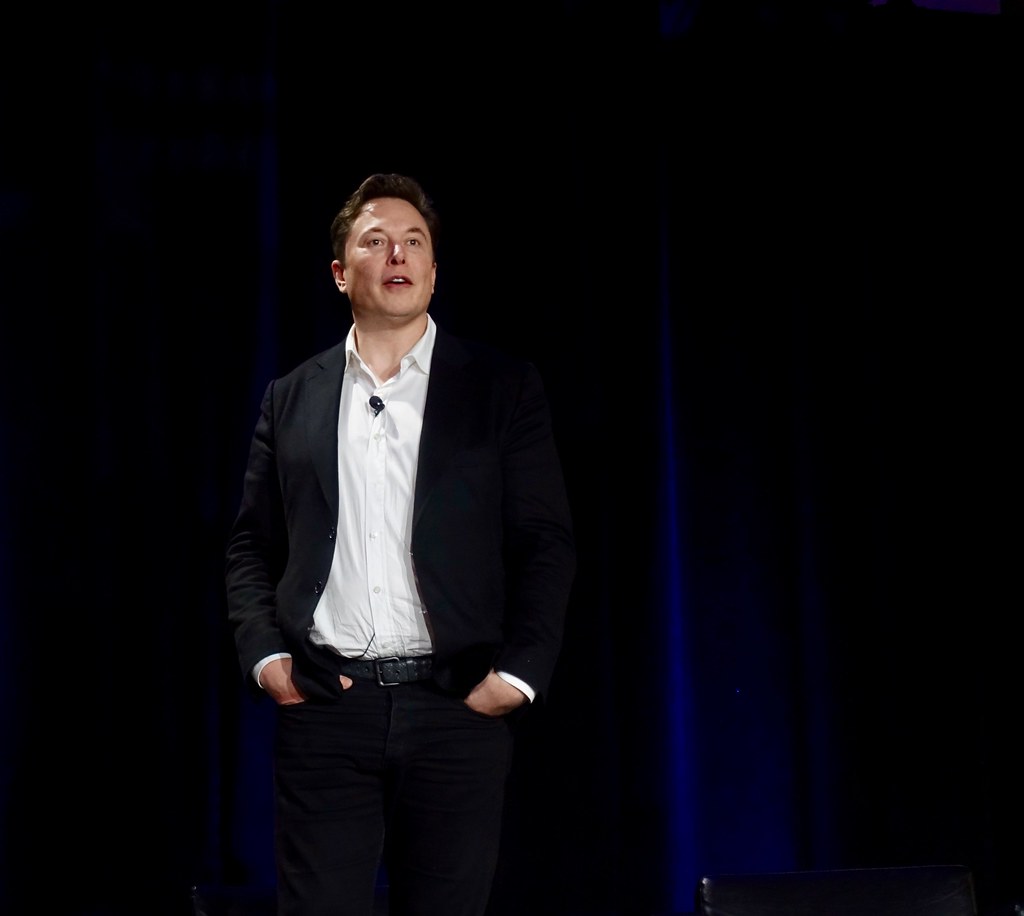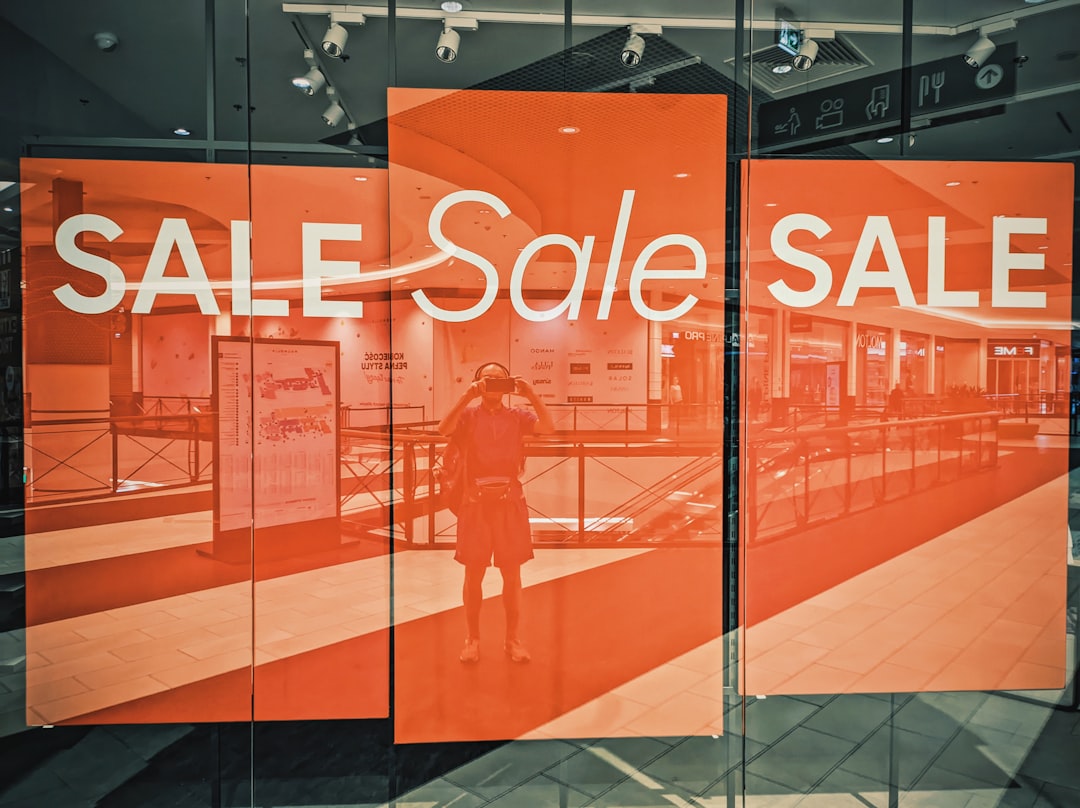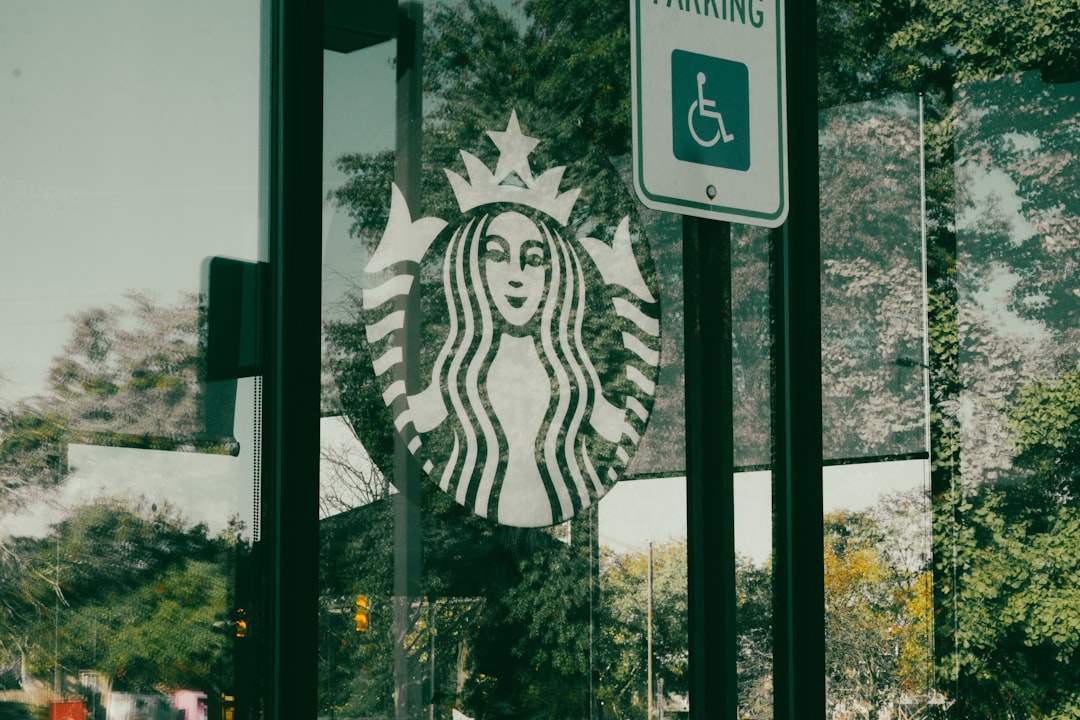Glossy Subway Tiles: The Love Affair Is Over

For years, glossy white subway tiles were the go-to choice for anyone wanting a “timeless” bathroom. But if you walk into a new, high-end bathroom in 2025, you’ll rarely see them. Designers now point to the oversaturation of subway tiles in everything from starter homes to luxury renovations. According to a 2024 Houzz study, over 62% of homeowners are opting for matte, textured, or colored tile instead. Experts argue that the shine of glazed subway tiles is starting to feel clinical and uninspired, lacking the cozy, spa-like vibe people crave now. Matte, handmade tiles in earthy colors are trending, offering warmth and character. The shift reflects a desire for more tactile, unique spaces rather than the cookie-cutter look of subway tiles. Even real estate agents report that buyers now see subway tile as “builder-basic” rather than chic.
Overly Ornate Vanities: Too Fussy for 2025

Heavy, carved wood vanities with ornate details were once the sign of a luxurious bathroom. Today, they’re being left behind in favor of clean lines and minimalism. A National Kitchen & Bath Association (NKBA) survey from early 2025 found that 71% of designers recommend simple, slab-front vanities or floating styles. Busy details attract dust, clutter the eye, and make cleaning harder. Sleek designs in natural woods or even painted finishes are now preferred. This less-is-more approach also helps smaller bathrooms feel larger and lighter. Ornate vanities remind people of decades past—think 1990s McMansion style—rather than the calm, uncluttered retreats people want in 2025.
All-White Bathrooms: Sterile, Not Serene

There was a time when an all-white bathroom screamed “fresh” and “clean.” Now, designers say it just feels cold. The all-white look peaked in the late 2010s and early 2020s, but by 2025, there’s a craving for more depth and personality. A 2024 Zillow report noted a 38% increase in bathroom listings highlighting color, wood, or pattern, while all-white bathrooms saw a 17% drop in popularity. Designers argue that stark white can show stains, scratches, and wear more quickly, making spaces look tired faster. Soft, muted colors—think sage green, dusty blue, or taupe—are in. Even colored sinks and bathtubs are making a comeback. Experts say the new focus is on warmth, comfort, and a sense of lived-in luxury.
Brushed Nickel Everything: Time to Mix It Up

For the last decade, brushed nickel was the default finish for faucets, towel bars, and showerheads. But 2025 is all about mixing metals and using bolder finishes. According to the 2025 “Bath Trends” report from the American Society of Interior Designers, 48% of new bathroom projects now feature a mix of brass, matte black, and even copper fixtures. Brushed nickel, while practical, can feel bland and dated when used everywhere. Mixing metals adds interest and makes bathrooms feel curated, not like they were ordered from a catalog. Designers suggest using a dominant finish (like matte black) and accenting with a second (like warm brass) for a layered, modern look that feels intentional.
Matching Tile Floors and Walls: Too Matchy-Matchy

Bathrooms where the floor and wall tiles are identical once symbolized elegance and simplicity. Now, that level of coordination feels old-fashioned. Designers in 2025 are embracing contrast and visual interest instead. According to a 2024 survey by HomeAdvisor, 56% of bathroom remodels now feature at least two different tile types or colors. Mixing a patterned floor with a plain wall (or vice versa) creates dimension and makes the space feel more dynamic. The trend is toward playful combinations—think geometric floors with organic, handmade wall tiles—that tell a story about the homeowner’s style. Experts say perfectly matched tile everywhere can look flat, almost like a public restroom, instead of a personal retreat.
Frameless Glass Showers: Losing Their Edge

Once considered the height of modern luxury, frameless glass showers are starting to look passé. Designers now see them as cold and lacking in personality. A 2025 design forecast from Architectural Digest noted a 29% drop in requests for frameless showers, while requests for showers with steel frames, textured glass, or even partial privacy walls are up. Homeowners are gravitating toward showers with a bit of visual separation or architectural interest, rather than the all-glass “fishbowl” effect. Textured or reeded glass panels are on the rise, adding privacy and softness to bathrooms. Experts say the best new designs feel more like inviting rooms than sterile gym locker rooms.
Wall-to-Wall Mirrors: Overwhelming and Impersonal

The enormous, wall-to-wall mirror above the sink was once standard in primary baths. Today, it’s more likely to be replaced or downsized. The 2025 NKBA trend report shows that 64% of designers are now using smaller, framed mirrors or even asymmetrical arrangements for a more personal touch. Oversized mirrors can feel intimidating and reflect too much clutter, making the space feel busy. Framed mirrors, especially in natural materials or fun shapes, add warmth and style. This shift also allows for more creative lighting, like sconces or pendant lights, which can’t be used with a single massive mirror. The new look is about individuality, not mass-produced “hotel” vibes.
Whirlpool Tubs: Out, Freestanding Tubs In

Once the ultimate sign of a luxury bathroom, built-in whirlpool tubs have lost their appeal. Experts point to their bulky design, high maintenance, and rarely-used features. A 2024 Home Depot consumer poll showed that less than 12% of homeowners with whirlpool tubs used them more than once a month. In contrast, freestanding soaking tubs are in high demand for their sculptural beauty and smaller footprint. They’re easier to clean, install, and fit into more bathroom layouts. Freestanding tubs also evoke a sense of relaxation and spa-inspired luxury, which is exactly what people want in 2025. Whirlpool tubs now feel like relics of the 1990s and early 2000s.






